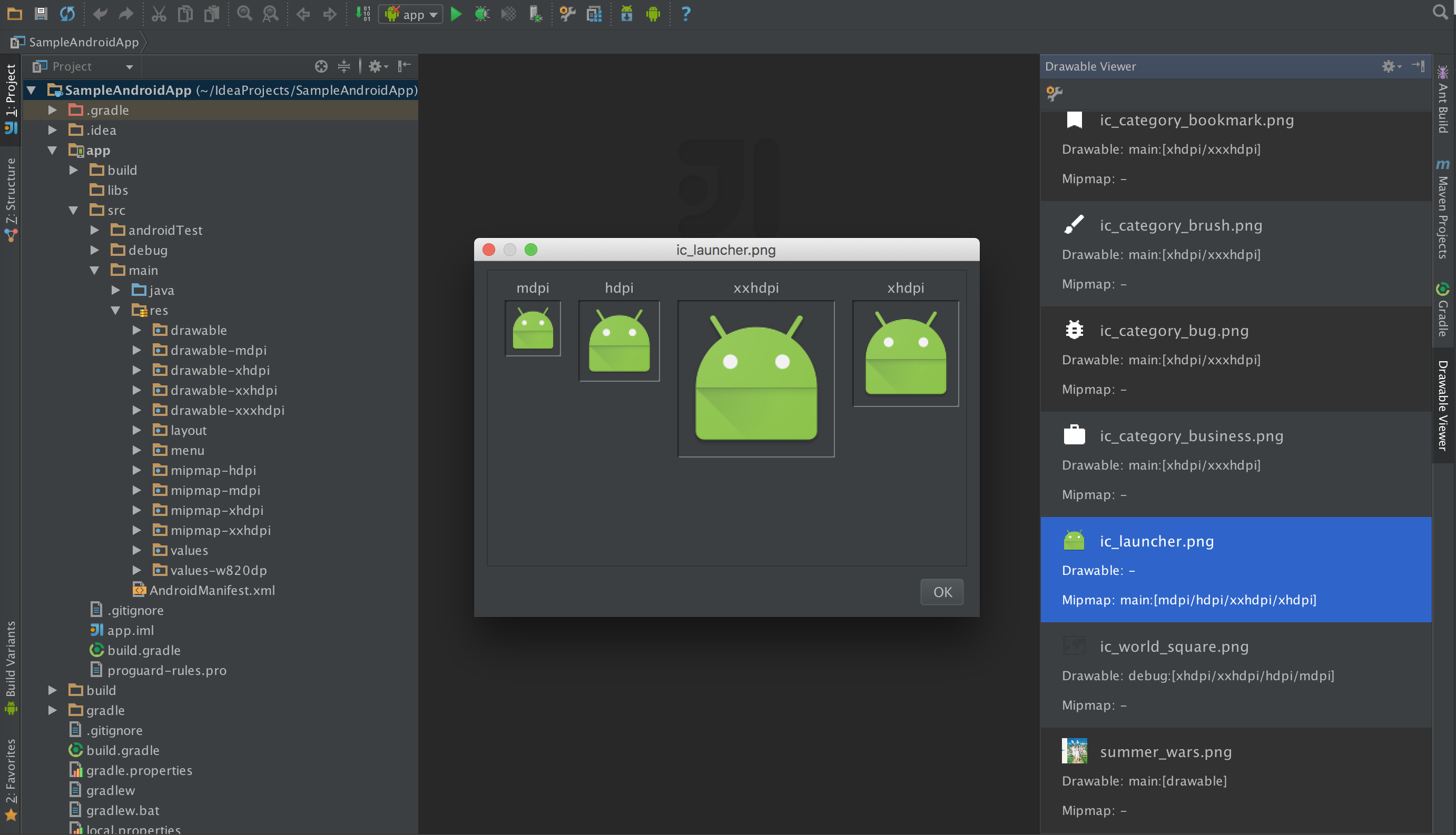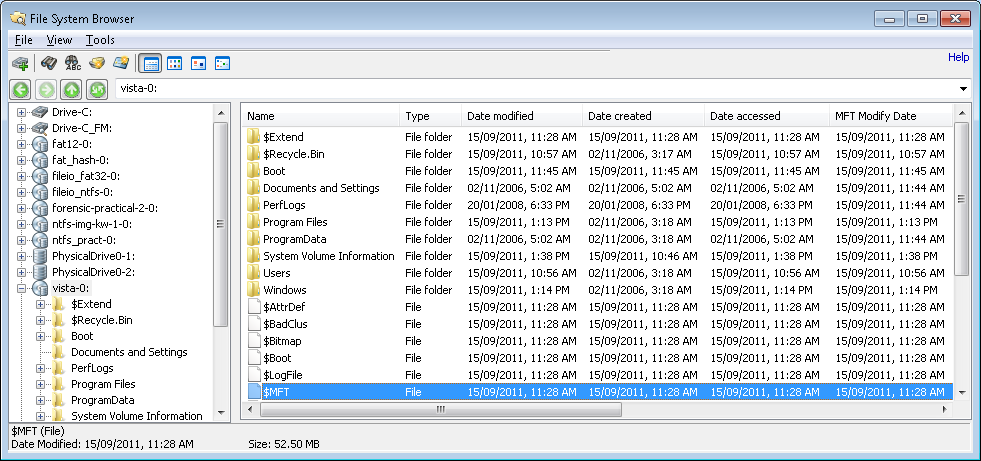
This automation means that many common build errors are less likely to occur.
#XML FILE VIEWER ANDROID ANDROID#
In Unity 2019.3 and newer versions, the Android Gradle An Android build system that automates several build processes. This includes the package name, activity names, main activity (the entry point to the app), Android version support, hardware features support, permissions, and other configurations.įor more information about the Android Manifest file, see the Android Developer documentation on Android Manifests. The optimization part will be landed as a followup.The Android Manifest is an XML file which contains important metadata about the Android app. I tried having the factory at "Application" level, and that didn't help us because of "cloning".Īs a part of this bug, I'll move the parent to LinearLayout in browser_toolbar.xml "every activity" is a pain - but, we don't have a choice, as LayoutInflater for each activity is "cloned" from "base context".

This factory needs to be set for every activity that uses custom views. To optimize the "in-content" loading of "custom-views", it's better to have our own Factory to give the LayoutInflater an instance much faster. Once the layout is loaded, in activity's onCreate(), we can take the required fields from that layout - | mBrowserToolbar.intializeFrom(actionBarLayout) |Ģ. To avoid this crash, and to bring the UI much-much-much faster, the best way is to uses as parent for browser_toolbar.xml. When the activity comes up, the default LayoutInflater uses class-loader to load the BrowserToolbar, where we are saved.ġ. Hypothetically, in our case, ActionBar fails to load BrowserToolbar. Also, ActionBar _might_ use a different LayoutInflater than Activity's (which I should confirm). So, setting a factory can only help for "non ActionBar layout files" - where we will have a win. The sad part is, custom view of ActionBar is parsed _before_ activity's onCreate() is called. However, the factory can be set only in onCreate(). This is how all our "custom views" are loaded.Ģ. The LayoutInflater tries to find the class based on package and the class name definition, using ClassLoader. This is actually helpful for (a) giving the LayoutInflater an instance right away, (b) using instead of If we have a tag, it tries to see if we have set up a Factory (LayoutInflater.Factory) to get a View from it. LayoutInflater tries to load classes defined in android.widget by default, by parsing XML files. The issue here is not related to the other bug.ġ. W/WindowManager( 197): at (LayoutInflater.java:552) W/WindowManager( 197): at (ClassLoader.java:461) W/WindowManager( 197): at (ClassLoader.java:501) W/WindowManager( 197): at (BaseDexClassLoader.java:61) W/WindowManager( 197): at .ActionBarView.(ActionBarView.java:236) W/WindowManager( 197): at (LayoutInflater.java:466) W/WindowManager( 197): at (LayoutInflater.java:691) W/WindowManager( 197): Caused by: : Binary XML file line #2: Error inflating class W/WindowManager( 197): at (LayoutInflater.java:586) W/WindowManager( 197): at .newInstance(Constructor.java:417) W/WindowManager( 197): at .constructNative(Native Method) W/WindowManager( 197): at .WindowManagerService$n(WindowManagerService.java:690) W/WindowManager( 197): at android.os.Looper.loop(Looper.java:137) W/WindowManager( 197): at android.os.Handler.dispatchMessage(Handler.java:99) W/WindowManager( 197): at .WindowManagerService$H.handleMessage(WindowManagerService.java:6488)

W/WindowManager( 197): at .(PhoneWindowManager.java:1264) W/WindowManager( 197): at .(PhoneWindow.java:1534) W/WindowManager( 197): at .(PhoneWindow.java:2745) W/WindowManager( 197): at .(PhoneWindow.java:2685) W/WindowManager( 197): at (LayoutInflater.java:352) W/WindowManager( 197): at (LayoutInflater.java:396) W/WindowManager( 197): at (LayoutInflater.java:489) W/WindowManager( 197): at (LayoutInflater.java:742) W/WindowManager( 197): at (LayoutInflater.java:739)

W/WindowManager( 197): at (LayoutInflater.java:680) W/WindowManager( 197): at (LayoutInflater.java:606) W/WindowManager( 197): : Binary XML file line #28: Error inflating class I/ActivityManager( 197): START failed creating starting window


 0 kommentar(er)
0 kommentar(er)
